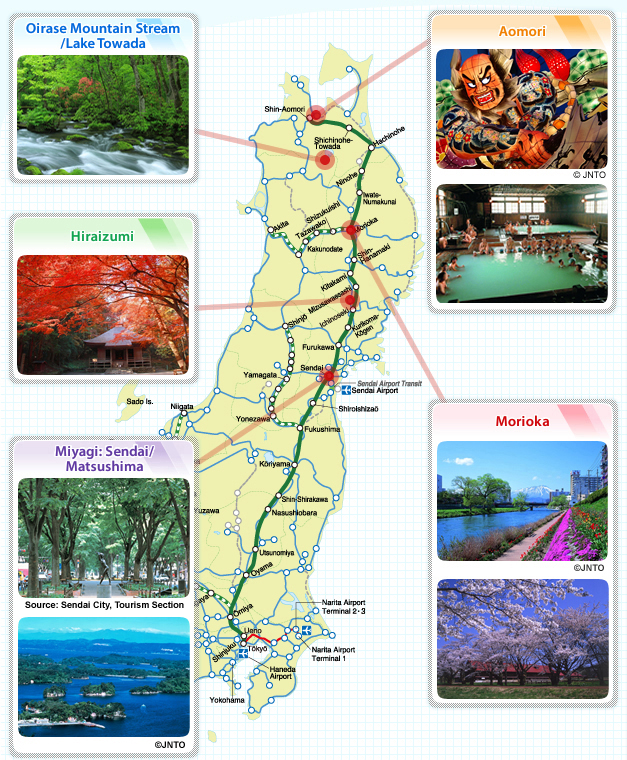To cope with the power shortages in Kanto politicians and industry are desperately searching for options that will cut consumption - increasing supply is a longer term problem -somehow I don't think there will be many towns putting their hands up for a new nuclear reactor....
So far there have been a number of ideas tossed around: industry taking turns for days off - meaning for example something likethe car industry takes Mon & Tues as their days off, the construction industry takes Wed as its day off etc; restricting operating hours of vending machines; switching over to LED lighting in retail; not using aircons or raising the temperature of aircon in the summer etc
Households have been asked to reduce by 20%....
It's not so easy...
Hiro is adamant we should.
I am adamant it's not really possible....
We don't have aircon, or a clothes drier (nor to most Japanese households), I watch almost no TV, I almost never blow dry my hair, we have gas hot water...
Ideas so far:
- put the heater away - DONE! - earlier than most years - even though it's gas, it still uses electricity for the fan.
- unplug the wireless router when we are out .... POSSIBLE...the worry with this is the phone goes through it so have to remember to plug it in.
- reduce computer usage.... hmmm NOT LIKELY....
- limit baking things in the oven.... um... that would be overstating my cooking capablities... I WISH....
- no ironing... Hiro has vetoed that but agrees that as he is much more efficient at doing it, he can continue ironing his own shirts. WIN WIN COMPROMISE :)
- turn off the lights - can try to pay more attention to this. TRYING TO
- switch to incandescent lights - true to Japanese decor standards we mostly have fluorescent lights already... LITTLE SCOPE
At this rate I don't see us making it to 20%....
No
Staknovites here....




